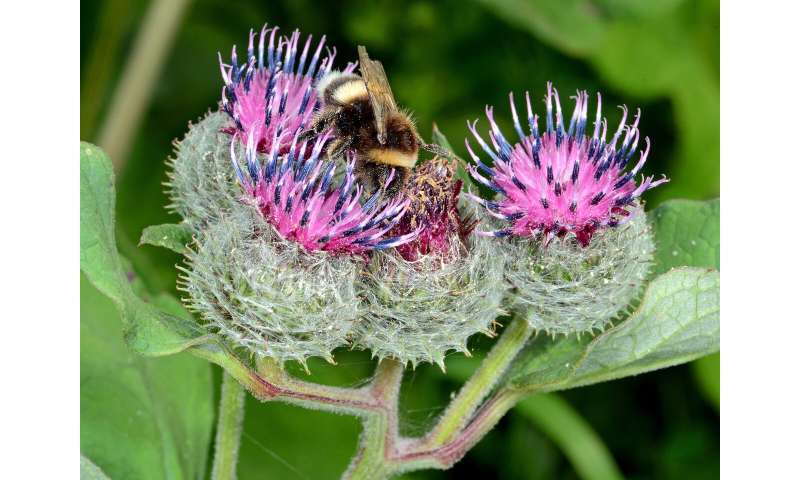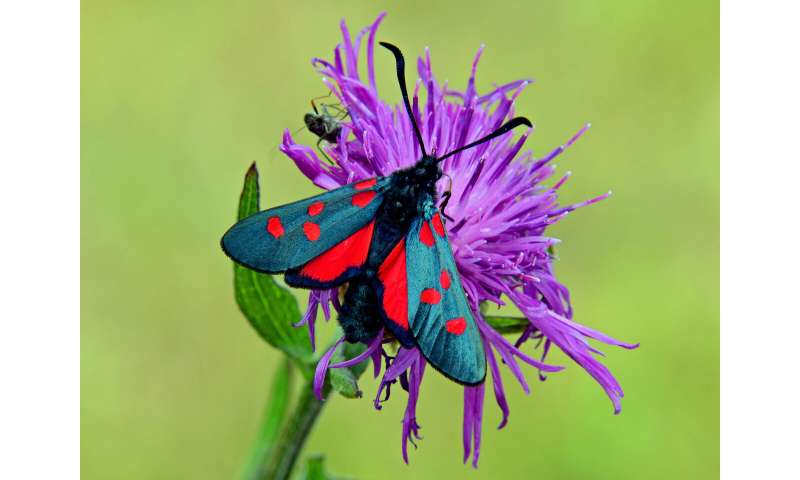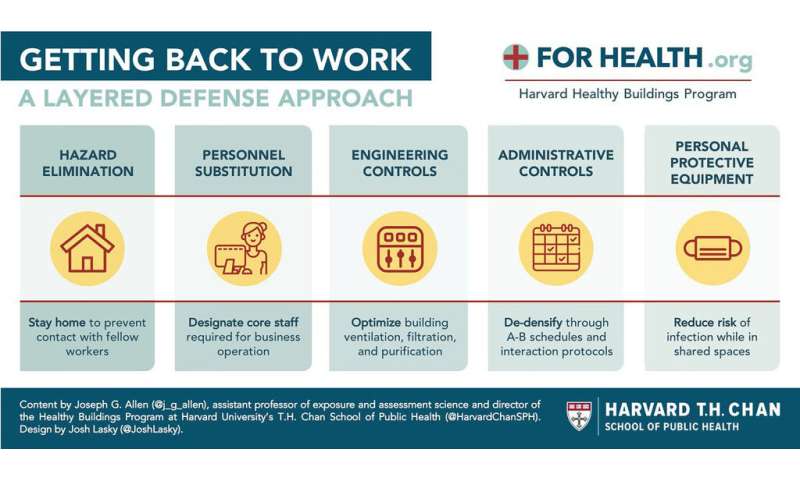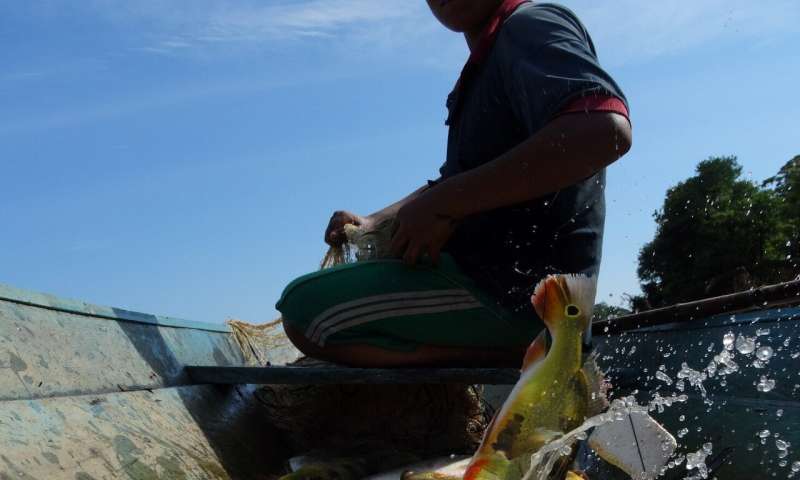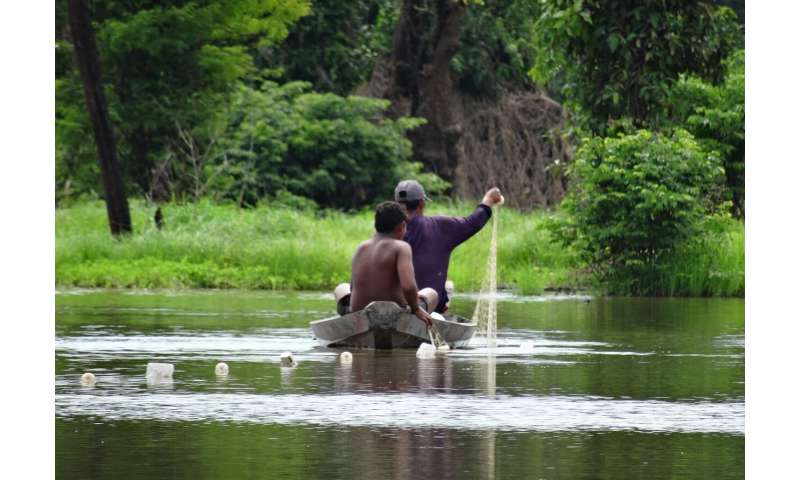UK
Research revealing huge number of vulnerable children failing at school spurs call to action

One in seven of all children in England have a social worker at some stage during their schooling and are behind educationally by at least 30 percent by the age of 16 compared to their peers, according to new research published today.
One in seven of all children in England have a social worker at some stage during their schooling and are behind educationally by at least 30 percent by the age of 16 compared to their peers, according to new research published today.
The first-of-its-kind study, led by the University of Bristol, investigated the educational achievements and progress of children who need a social worker, comprising Children in Need and Children in Care, during their school years and its findings have prompted national calls for radical changes.
There are currently nearly 400,000 Children in Need in England, meaning they have a social worker but usually live with their parents or family. Children who have ever been "In Need' fell prey to an educational attainment gap, on average, of between 34-46 percent in their GCSEs. Children who have ever been in Care, who tend to live away from family with foster carers or at a residential home, number more than 78,000 and, overall, achieved 53 percent lower at 16.
The joint study with the University of Oxford's Rees Centre, which was funded by the Nuffield Foundation, showed both Children in Need and Children in Care had already fallen significantly behind other children at school by the age of seven, lagging by between 14-24 percent at Key Stage 1.
Professor David Berridge OBE, Emeritus Professor of Child and Family Welfare in the School for Policy Studies, said: "The sheer volume of children receiving social worker support was especially surprising. Their family problems clearly have a significant impact on their educational attainment.
"While there are many policies in place to support the education of Children in Care, this is not the case for Children in Need who account for three-quarters of all children needing a social worker and are receiving insufficient help.
"Given the huge numbers involved, this needs to be a high Government priority so these vulnerable children receive greater support and a better start in life."
The research analyzed anonymized data of all 471,000 children born in England between 2000 and 2001 and tracked their education through to 2017, when they took their GCSEs.
Young children, who needed a social worker before the age of seven, achieved better GCSEs if they had experienced a long-term stay in Care than those who had not.
The report also identified that Children in Need and Children in Care were more affected by other forms of disadvantage, such as poverty, socio-economic status, special educational needs, and disabilities, which led to lower educational attainment.
Absence, temporary or permanent exclusions, and changing schools at the age of 15 or 16 were other factors shown to worsen academic performance.
Many parents of Children in Need interviewed as part of the study said they were living in poverty and struggled to pay for their child's school needs, such as uniform, computers and internet access. Older children interviewed indicated they liked primary school but regarded secondary schools less favorably, due to their size, complexity, and difficulties with teachers.
A quarter of all children who had ever needed a social worker were still receiving a social work service in the final year of their General Certificate of Secondary Education (GCSE) exams.
"Our study highlights the importance of effective early intervention, the significance of stability and continuity in children's everyday care and education, and the need for an inclusive and consistently understanding approach to these children's difficulties from secondary schools in particular," added Professor Berridge.
Professor Berridge has undertaken extensive child welfare research and has acted as children's services adviser to the House of Commons Education Select Committee. In 2005 he was awarded an OBE (Officer of the British Empire) for services to children.
Various improvements are proposed in the extensive report, including making support available for Children in Care applicable to Children in Need, such as Pupil Premium Plus payments provided to schools and Virtual Schools which oversee their education. Teacher training for pupils' well-being, procedures relating to social work case closure, and measures to address the affordability of schooling are cited as other necessary changes.
Ruth Maisey, Education Programme Head at the Nuffield Foundation, said: "We welcome this research which suggests ways the education system might better support children who need a social worker during their school years, and help close the attainment gap. These findings are particularly pertinent given that childhood inequalities have come into sharp focus during the coronavirus pandemic."
The report has led to a national call to action, appealing for more comprehensive and coordinated support.
Anne Longfield OBE, Children's Commissioner for England, said: "Too many children in this country are growing up in disadvantage, struggling at home and at school. The educational prospects for many thousands of Children in Need are, frankly, terrible. Many leave the education system without even the basic qualifications.
"The Government has promised to 'level up' across the country, and this must include properly-resourced, cross-departmental strategies for tackling the issues that blight the life chances of the most vulnerable children.
"The response to the coronavirus shows that coordinated action and political will on funding can have a transformative impact. The 'new normal," post-coronavirus, is an opportunity for similar brave action which gives help and support to vulnerable children from their early years and throughout their childhood and tackles the generational problems that have held back so many."
More information: Children in Need and Children in Care: Educational Attainment and Progress. http://www.bristol.ac.uk/polic … -education-progress/
Provided by University of Bristol


